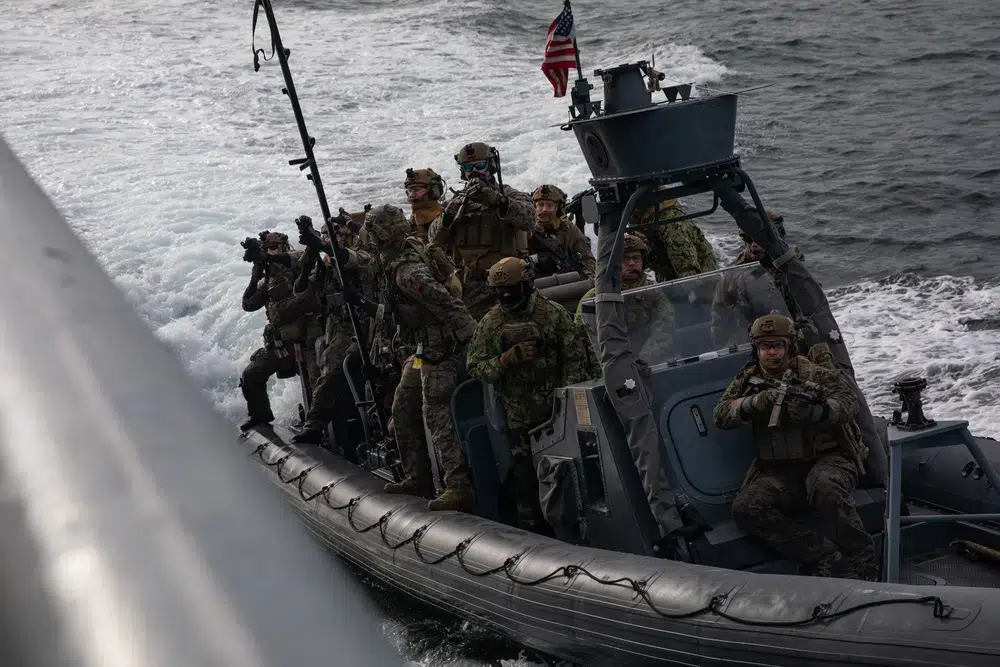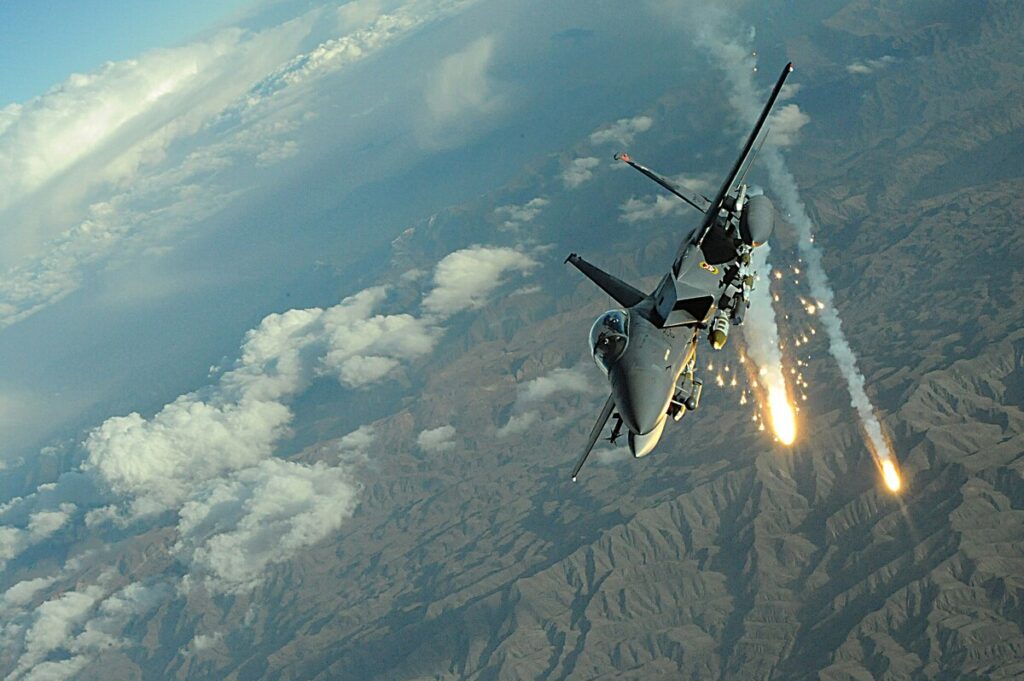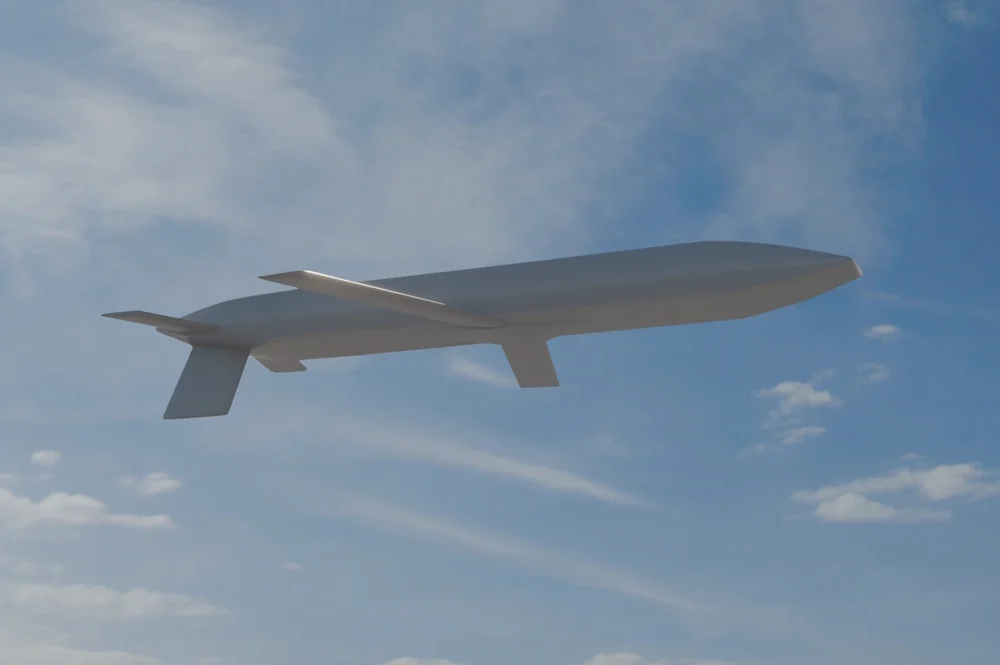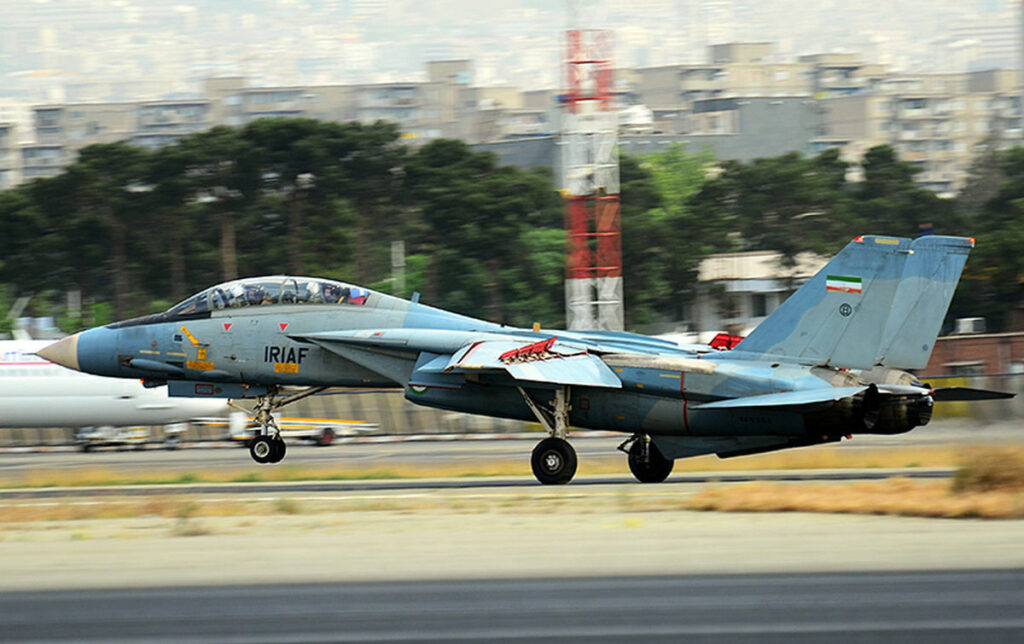Tragedy at sea involving Navy SEALs highlights danger of VBSS operations
- By Frumentarius
Share This Article

Two Navy SEALs have been declared dead after having fallen into the sea while attempting to board a dhow in the Gulf of Aden on January 11. The West Coast-based SEALs were part of a Maritime Interdiction Operation (MIO) being conducted by U.S. Central Command (CENTCOM). They were conducting a Visit, Board, Search, and Seizure (VBSS) operation of a target vessel sailing in rough waters off Yemen and Oman. According to Naval Special Warfare personnel with knowledge of the incident, a third SEAL was injured as well and recovered after his fall.
The incident highlights the dangers of VBSS operations.
Sandboxx News has previously covered VBSS operations, though that article perhaps did not adequately highlight those dangers, especially if they are occurring in rough waters. High seas are treacherous for small craft even when they are not trying to insert special operations forces onto a larger vessel. Waves can swamp the small vessels, toss them around, and, in the worst case, capsize them.
Things become even more complicated and perilous when those small NSW combat craft have to come alongside a larger vessel in high seas and hold position while SEALs put in place a small ladder to climb aboard the larger vessel. Just keeping the small craft in place can be a challenge and the large waves can make climbing the ladder treacherous.
Related: These are 3 popular misconceptions about the Navy SEALs
The danger of performing a VBSS operation in those kinds of high seas conditions is never taken for granted by the SEAL Teams. They would have known how difficult the operation could prove to be, but tragedy struck nonetheless. Even in calm waters, the climb up the small caving ladder, or fixed pole ladder, can be a difficult and taxing evolution. The ladder has to rest against the hull of the larger vessel, the climb can be as high as 30-40 feet, and there is always the chance someone above you will attempt to knock you from the ladder or strike you with thrown objects. In the worst case, the crew of the target vessel will start firing weapons at you. In the best case, your arms are smoked when you finally make it up and over the side of your target vessel.
This terrible and tragic incident won’t prevent the SEALs from continuing with their VBSS operations. However, they will likely perform a thorough after-action review to find out exactly what went wrong, and how it can be prevented in future missions. In the meantime, the community will mourn two more lost brothers who perished serving their country in some of its most important and dangerous operations.
Read more from Sandboxx News
- How the F-16 changed air warfare forever
- These are the 5 best military podcasts you can listen to today
- Watch: Ukrainian M2 Bradleys take out advanced Russian T-90 tank
- All the military pay and bonus changes coming in the new defense budget
- Chinese military journal asserts Russia lied about ‘hypersonic’ Kinzhal
Related Posts
Sandboxx News Merch
-

‘AirPower’ Classic Hoodie
$46.00 – $48.00 Select options This product has multiple variants. The options may be chosen on the product page -

‘Kinetic Diplomacy’ Bumper Sticker (Black)
$8.00 Add to cart -

‘Sandboxx News’ Trucker Cap
$27.00 Select options This product has multiple variants. The options may be chosen on the product page
Frumentarius
Frumentarius is a former Navy SEAL, former CIA officer, and currently a battalion chief in a career fire department in the Midwest.
Related to: Special Operations

How an F-15E scored its only air-to-air kill… with a bomb

The military roots of Juneteenth and why we celebrate it

Air Force gives us a glimpse of its new AGM-181 LRSO nuclear missile

Israel wipes out Iranian F-14 Tomcats on the airstrip
Sandboxx News
-

‘Sandboxx News’ Trucker Cap
$27.00 Select options This product has multiple variants. The options may be chosen on the product page -

‘AirPower’ Classic Hoodie
$46.00 – $48.00 Select options This product has multiple variants. The options may be chosen on the product page -

‘AirPower’ Golf Rope Hat
$31.00 Select options This product has multiple variants. The options may be chosen on the product page -

‘Sandboxx News’ Dad Hat
$27.00 Select options This product has multiple variants. The options may be chosen on the product page
